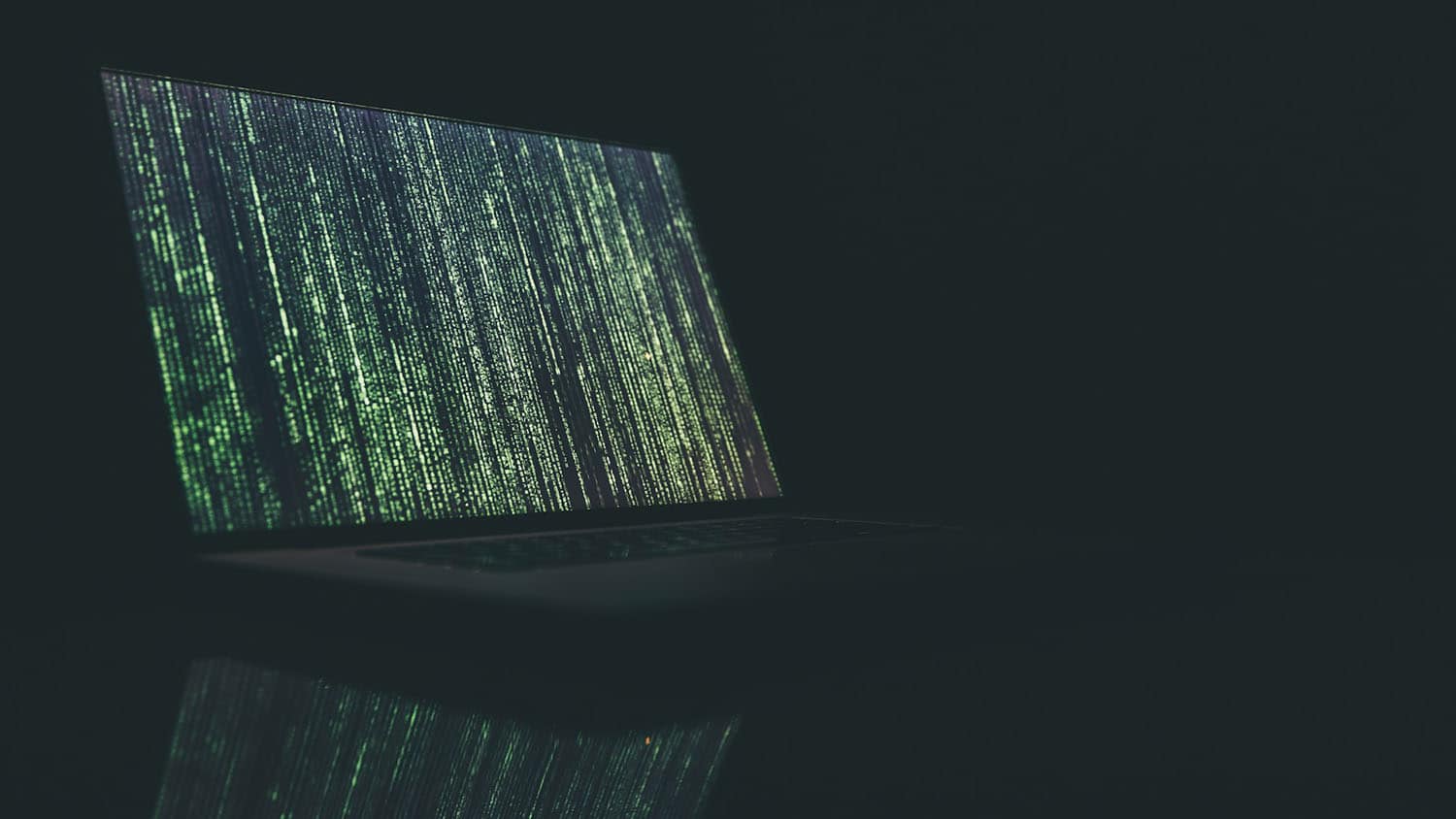Chart Junk? How Pictures May Help Make Graphs Better
Those oft-maligned, and highly embellished, graphs and charts in USA Today and other media outlets may actually help people understand data more effectively than traditional graphs, according to new research from North Carolina State University.
Newspapers and magazines often embellish charts or graphs to draw attention to them or to highlight information. Some experts describe these graphic embellishments as “chart junk,” which they argue detracts from a graph or chart’s effectiveness. So, can those graphics be too distracting, making it more difficult or time-consuming to read a graph accurately?
Researchers from NC State and the University of Idaho show that the answer is yes, and no.
When people look at charts or graphs, two things happen. In the first stage, a person quickly (and unconsciously) takes in all the elements of the image at the same time. In this stage any contrasting features “pop out” at the viewer, explains Dr. Doug Gillan, co-author of the study and professor and head of psychology at NC State. In the second stage, which is slower and requires some focused attention, the viewer examines each component of the graph or chart separately.
“Imagine a bar graph showing the number of ACC championships won by each school’s basketball team,” Gillan says. “In the second stage the viewer is examining each bar in the graph to see which team has won the most championships.”
To determine whether design elements – such as background pictures – affect a viewer’s ability to read a graph, the researchers ran an experiment using rectangular bar graphs. They tested how accurately people could read the bar graph when it was presented against three different backgrounds: a blank background, a background filled with rectangles, and a background filled with circles.
The researchers found that people were most accurate when reading the bar graph against a background filled with circles – the contrast between the rectangular bars and the circles made the graph pop out during that first stage. People performed worse when the background was blank, and worst when the bar graph was displayed against a background that contained rectangular shapes.
In other words, background images can actually enhance one’s ability to read a chart or graph – as long as the images contrast with the chart or graph itself. If the background image is too similar, it can actually make it more difficult to read the chart or graph accurately.
Are you listening, USA Today?
The research, “Effects of Graph Backgrounds on Visual Search,” was co-authored by Gillan and Dr. Douglas Sorenson of the University of Idaho. The work was presented Oct. 22 at the 53d Annual Meeting of the Human Factors and Ergonomics Society in San Antonio.
-shipman-
Note to Editors: The presentation abstract follows.
“Effects of Graph Backgrounds on Visual Search”
Authors: Douglas J. Gillan, North Carolina State University; Douglas Sorenson, University of Idaho
Presented: Oct. 22, 2009, at the 53d Annual Meeting of the Human Factors and Ergonomics Society in San Antonio
Abstract: Tufte (1983) proposed a measure, the data-ink ratio, and a rule that the data-ink ratio be maximized. The present research tested this rule by examining the effect of the relation between the physical features in the graph indicators and those in the background on graph reading performance. Eighteen participants performed comparison and difference tasks with bar graphs (rectangular indicators) or line graphs (circular indicators). Graphs had no background, a pictorial background containing circles, or a pictorial background containing rectangles. Accuracy was highest for the difference task when the features in the indicators and background of a graph differed. The role of preattentive processing during visual search in graph reading and the pop-out effect that occurs when background and search target features differ are discussed.


